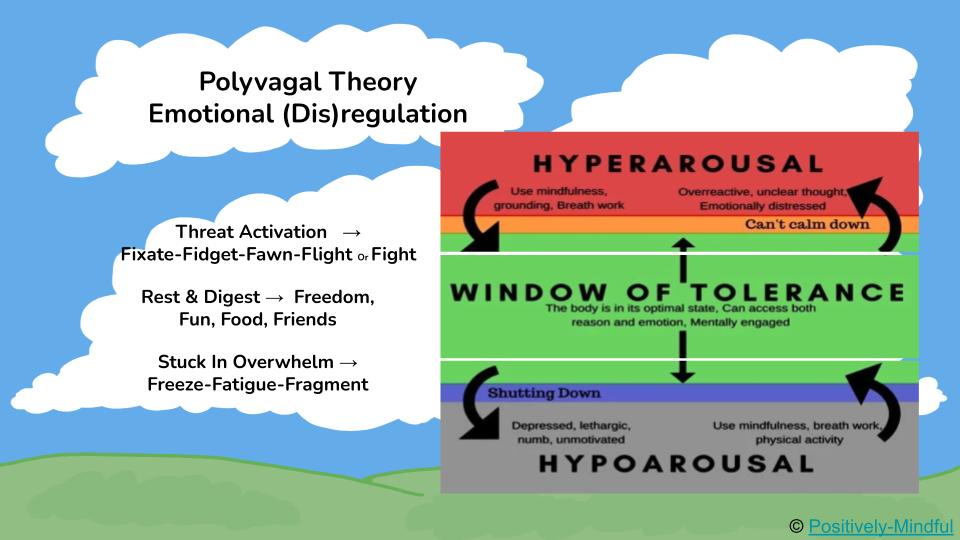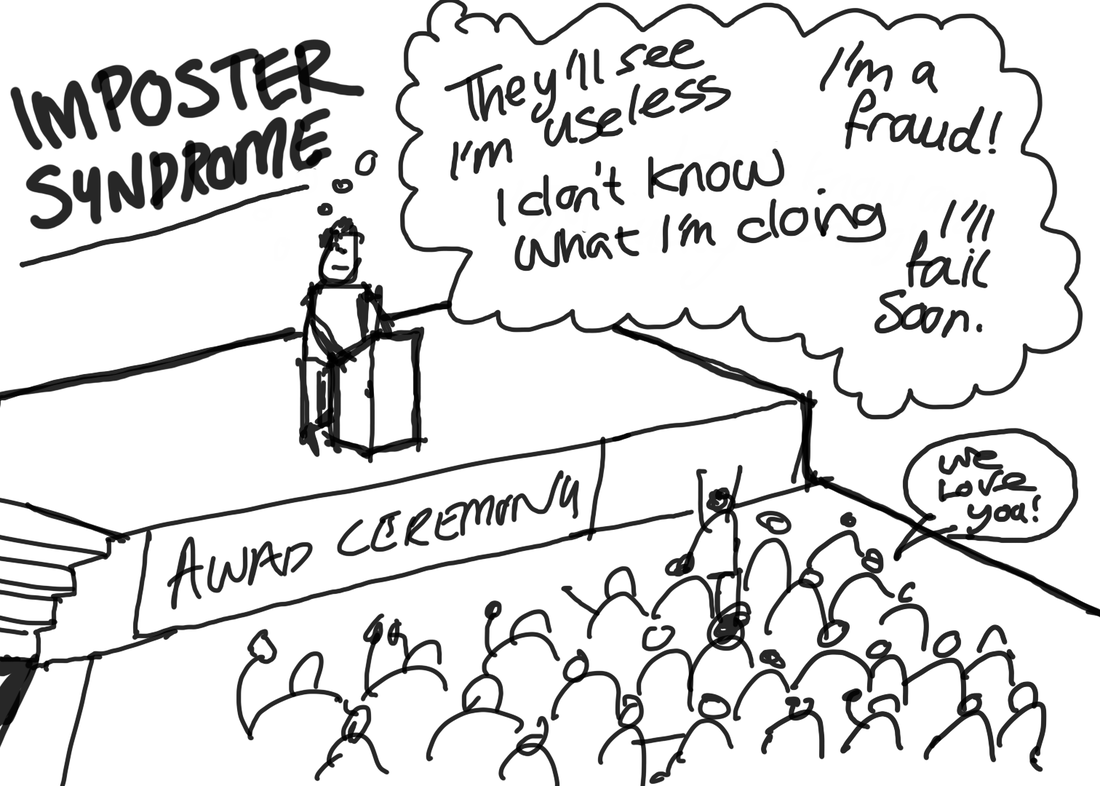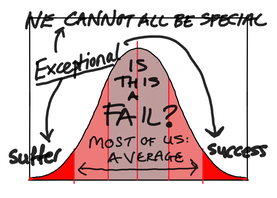|
We live in a safer world now (I speak from my privileged position in it). But we still have wars and the biggest war is fought 24/7 - it is the war for our attention. We have enemies in this war and we can use their image to motivate healthier habits. In this blog I'll talk about how I use it to get up early, to stop distraction and to focus on my goals. Let's do this! I've been enjoying the music of Akira The Don, who makes beats to accompany soundbites from inspiring speakers. In this tune he takes a speech from Jocko Willink - an ex Navy-Seal - to inspire us to use the enemy image to get up early. I paraphrase quips from Jocko here:
Who have you made your enemy?We mostly use the enemy image unconsciously. We make enemies of our friends, other people and even ourselves. We don't realise we do this and we also don't realise the negative effects it has on our mood, body and relationships. Two examples come to mind:
Modern Enemies Look Like This:I imagine two main enemies in this modern battle:. I understand these are characters and not 'real' people (who are more complex). The following images help motivate me to thwart the attention wandering.
The truth is: These enemies are inside youI teach this and I still forget at times - such is the power of the modern trance. Whenever we create an enemy image it is usually a representation of a part of ourselves that we repress, but very much lives inside. When I consider my enemies - yes there are people in the world like that but the real enemy is my own pattern of distraction and then blaming, whilst ignoring my own body and mind. The real enemy is within. The line dividing good and evil cuts through the heart of every human being. And who is willing to destroy a piece of his own heart?”. - Aleksandr Solzhenitsyn So what can I do? I take the advice of Ghandi and Jocko (can you imagine these two combined!? What a team!) Be the change I want to see and Prepare for battle with the enemy. Just like in this video we must recognise the inner parts if we are to tame them. This means discipline and boundaries. What this means in practice:
If you'd like to learn some of these techniques and develop a healthy relationship with yourself and others please get in touch and do some coaching with me.
0 Comments
Polyvagal theory has become core in my teaching and practice, since researching Dr Porges ideas and then through my trauma healing. It has helped me become more resilient. Here I share practical uses to improve skill in switching states and finding balance. Polyvagal Theory: Three Nervous System States I find the stuff on the internet needlessly complex. I'm going to simplify it. Imagine we have three states, or gears:
WINDOW OF TOLERANCE A better way of considering it is to think of the green zone in the middle as a window of tolerance that you want to keep returning to and expanding through deliberate practice of dipping into the stretch zones either side. This is a nicer way of describing the Comfort Zone, Stretch Zones and Panic Zone. AIM: FLEXIBILITY AND RESILIENCE We are ultimately aiming for psychological and bodily flexibility. To be able to move between states, so we can be resilient to them when they come up. We cannot just stop them from appearing. They call it the autonomic nervous system for a reason. To become more flexible and resilient we can think of it like a muscle. NEUORCEPTION - MINDFULLY BECOME AWARE OF YOUR CURRENT STATE But first you have to be AWARE of what state you are in. This is actually quite simple - tune in (mindfully) to the body and notice if you are activated into panicked action or frozen in immobile confusion and numbness. To do this however takes some skill. When we practice mindfulness we develop our nueroception -our ability to be aware and even name and describe our internal state. Shifting state from Immobile Lizard State (Freeze / Hypoarousal)OK so you've discovered you're stuck in indecision and confusion, immobile and static. What next? I can numb out so often when I'm overwhelmed and so basically I've learned that in this state we need to MOVE and embrace some discomfort. Here are some ways to help you. I have put *** next to the ones I use.
Shifting from Activated Monkey State (Fight/Flight / Hyperarousal)Once activated you may wish to crack on with work - great. Ideally we want to bring moderation to our action, not just use work to become another distraction from dealing with our internal state of stress. For people who are manic or workaholics this is particularly important (I can be like this). It is best to induce a state of calm learning so we can have an open mind as we move through our day. Calming things might include (*** = I use them):
Don't:
Pro-active practices - prepare!So we can be ready for this by developing our neuroception and building healthy habits into our lives. These are what I recommend:
Since lockdown in 2021 I notice a gradual ebbing away of my confidence in myself. Self doubt has been nipping at my heels. I've been doing all sorts to try and get rid of it. I recognise it as my old friend 'IMPOSTER SYNDROME'. This part of me tries to protect me from failure and humiliation by forming the believe that I'm not good enough. Do you have a part of you that does this too? I trust I am not alone. It's part of the human condition and it's exacerbated by the modern culture. I've been re=reading Mark Manson's masterpiece 'The Subtle Art of Not Giving A F***' to try and remind me of some things. I'm only up to page 70 and already I'm reminded of a basic thing that culture does: "All day, every day, we are flooded with the truly extraordinary. The best of the best and the worst of the worst. The greatest physical feats. The funniest jokes. The most upsetting news. The scariest threats. Nonstop". - Mark MansonMark reminds me that in this odd culture of bombardment 'exceptional' is considered normal and to be average is to fail. He reminds me that in our desire and need to be special and exceptional we will try and be at one end of the bell curve - to be exceptionally successful or believe we are exceptionally bad. This polarising ignores the need for balance, across multiple disciplines, and the acceptance of being ordinary,. A few other choice reminders from the book:
This is just one of the ways that helps me to overcome the imposter syndrome. What about you? What helps you remember what is important, what is real and what to give less f***s about?
If you'd like help figuring that out hire me to coach you. First session is free! |
AuthorsNeil Morbey is a meditation teacher, group facilitator and inspiration guide for Positively-Mindful.com Blog Index
Archives
May 2024
|






 RSS Feed
RSS Feed